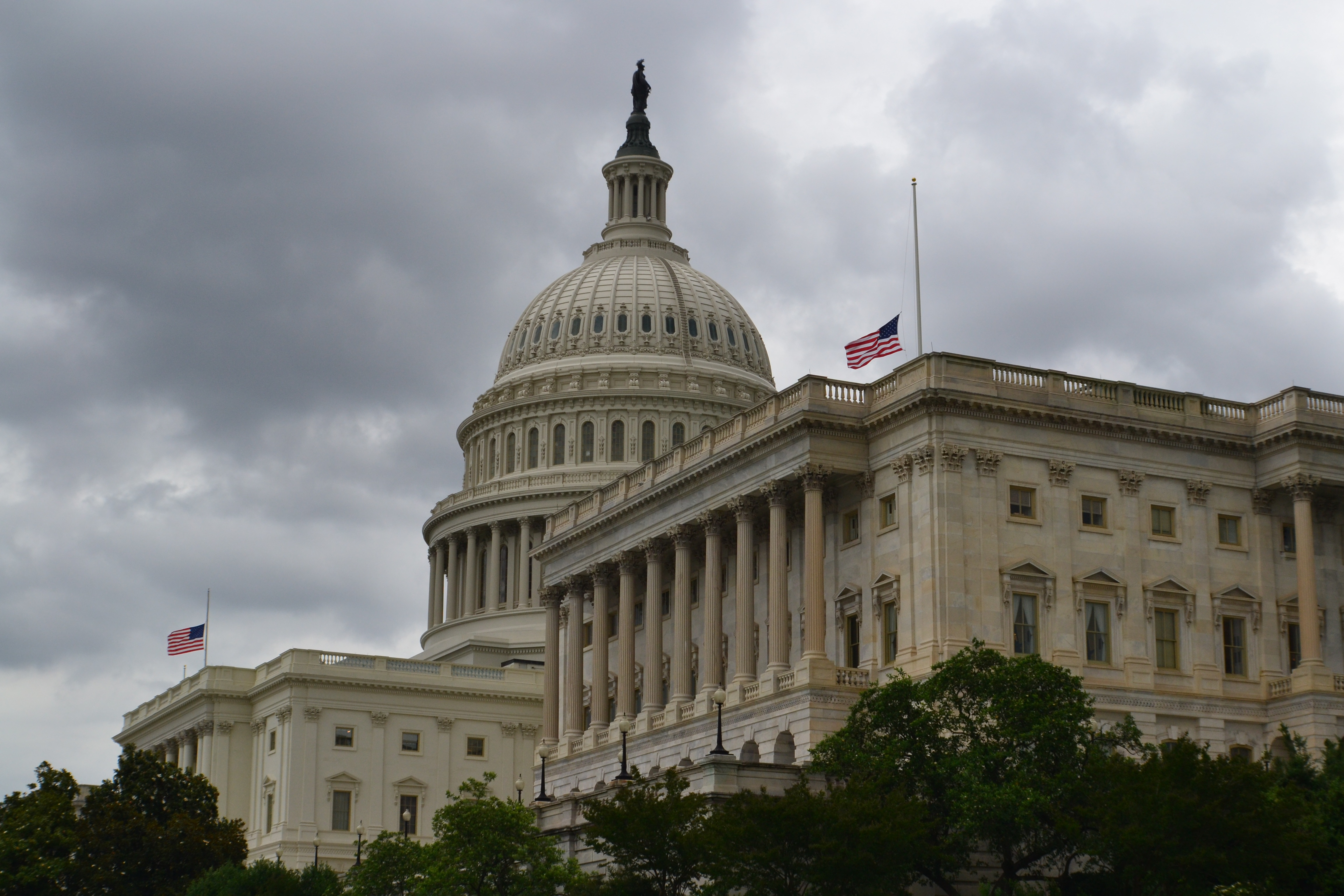Sacrifice Worth Remembering
Sign up for a six month free
trial of The Stand Magazine!
(Digital Editor's Note: This article appeared first in the July 2023 edition of the print version of The Stand.)
Multiple nations. Five beachheads. One enemy. One united goal. Thousands of lives lost.
With so much blood shed to preserve the freedoms enjoyed today, it is fitting that those who died would be remembered by the beneficiaries of their sacrifice.
Dedicated on June 6, 2001, by President George W. Bush, the National D-Day Memorial honors the lives of those who died fighting in one of the most pivotal battles in U.S. history – D-Day.
“D-Day is not a national holiday, not a date a lot of Americans readily recognize,” said April Cheek-Messier, president of the National D-Day Memorial Foundation, in a historynet.com interview. The foundation she spearheads seeks to remedy that oversight.
Situated on over 50 acres in Bedford, Virginia, the site leads visitors on a journey through three chronological phases of events of the historic one-day battle.
Phase 1: Preparation
First, Reynolds Garden, a formal British setting, connects D-Day with England, where intensive planning and preparation for the invasion of Normandy occurred.
Prominent in the garden is a sculpture of General Dwight D. Eisenhower, Supreme Commander of Allied forces. On the ceiling above the general, a tile mosaic map illustrates the plans for imminent invasion.
Surrounding Eisenhower are portrait busts of many of his principal subordinates who were pivotal in the planning stages. Portrait busts of Winston Churchill and Franklin D. Roosevelt also adorn the garden.
Plaques along the garden’s eastern and western walls recognize the efforts of academies, colleges, and universities in preparing leaders for wartime service, as well as infantry regiments that took part in the invasion.
Phase 2: Invasion
Next, Gray Plaza symbolizes the cross-channel invasion. Five segments in the plaza floor represent the five D-Day landing beaches at Normandy – Utah, Omaha, Gold, Juno, and Sword.
A beach scene depicts the daunting challenge Allied soldiers faced as they struggled for a foothold onshore. Three sculptures of soldiers represent valor, fidelity, and sacrifice. One wades through water, rifle held overhead. One pulls a wounded brother ashore. One lies dead in the water. A granite Higgins Boat entering the water reminds visitors of the thousands of various landing craft that transported troops that day.
Surrounding the plaza, bronze plaques bear the names of all 4,415 Allied service members killed on D-Day, American names on the western wall and other Allied names on the east.
Phase 3: Success
The memorial culminates in Estes Plaza, celebrating the invasion’s success, while remembering the human cost.
Symbolizing the date June 6, 1944, a triumphal arch towers forty-four and a half feet above. Inscribed on the face of the arch is the word Overlord, the codename given to the operation known today as D-Day.
Immediately behind the arch stands a final tribute to the fallen, a sculpture of a helmet resting atop an inverted rifle driven into the ground.
Along the perimeter of the plaza fly the flags of the 12 nations of the Allied forces, honoring the bravery and commitment of all who fought to defeat the Axis powers.
“In the same way we reflect on December 7,” Cheek-Messier said, “we want people to remember June 6, not only for the tremendous sacrifice made that day. We succeeded in defeating this tyranny. We need to reflect on that as a nation and never forget what was lost.”
(Editor’s note: Read Matthew White’s article “Remembering D-Day” in the June issue of The Stand.)

Sign up for a free six-month trial of
The Stand Magazine!
Sign up for free to receive notable blogs delivered to your email weekly.



















